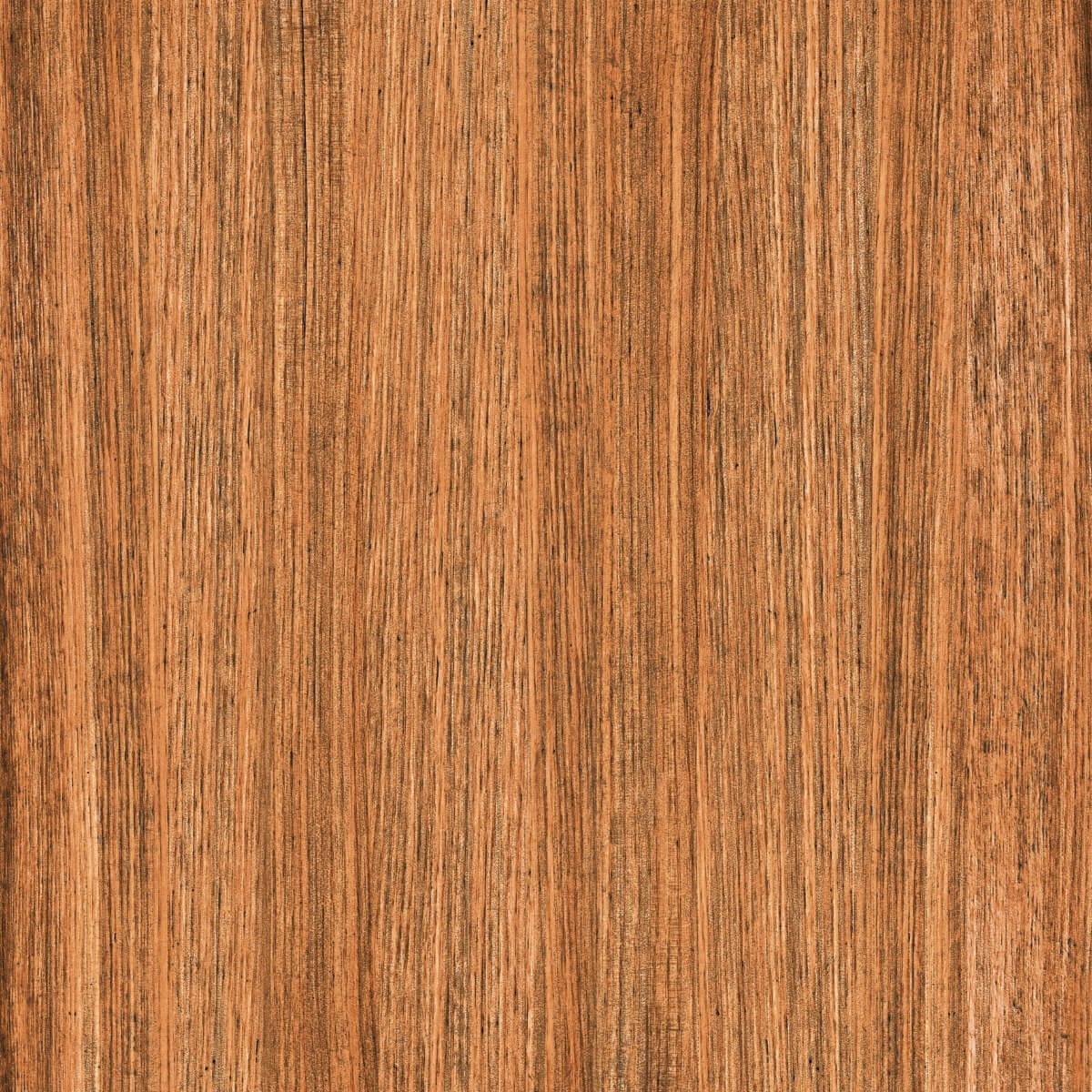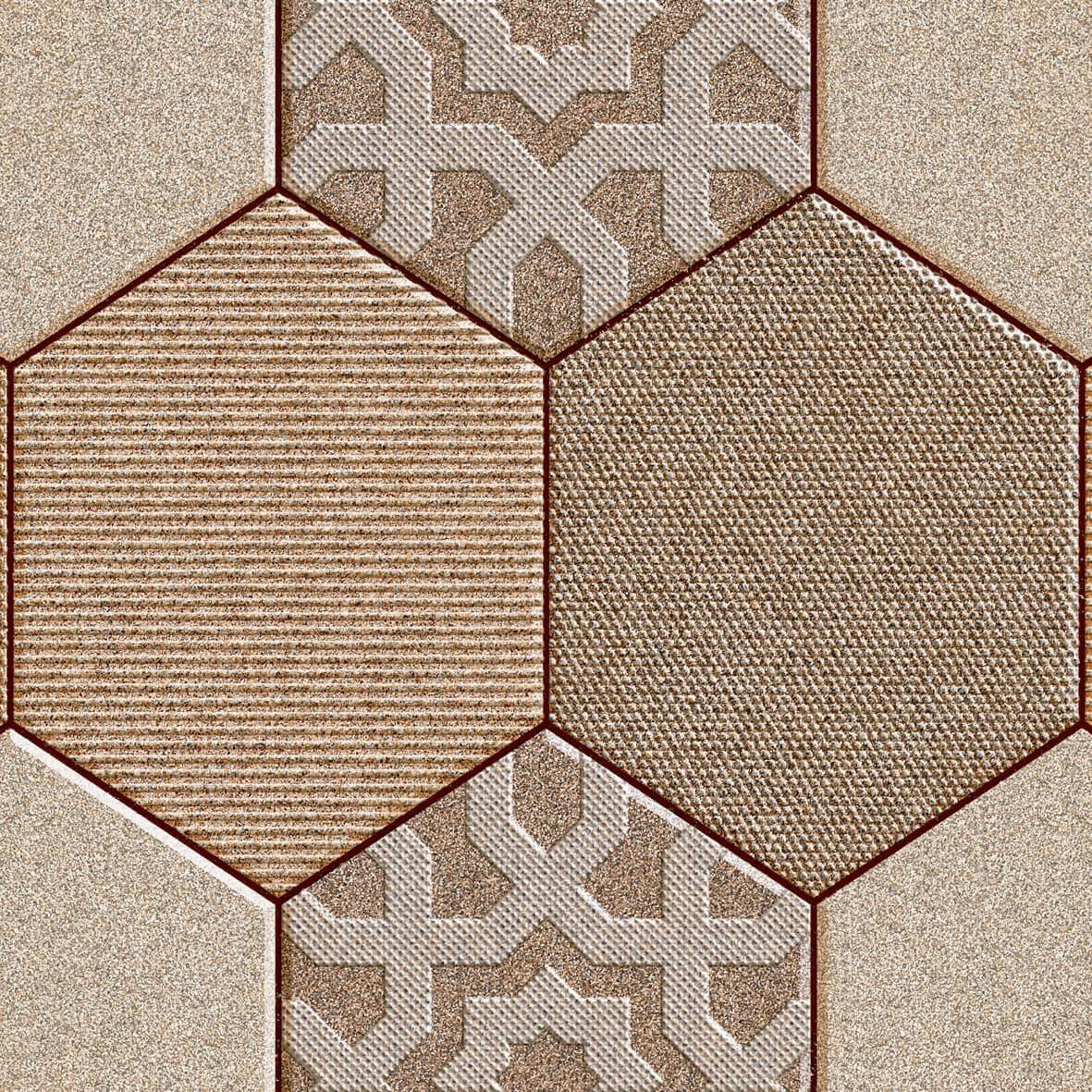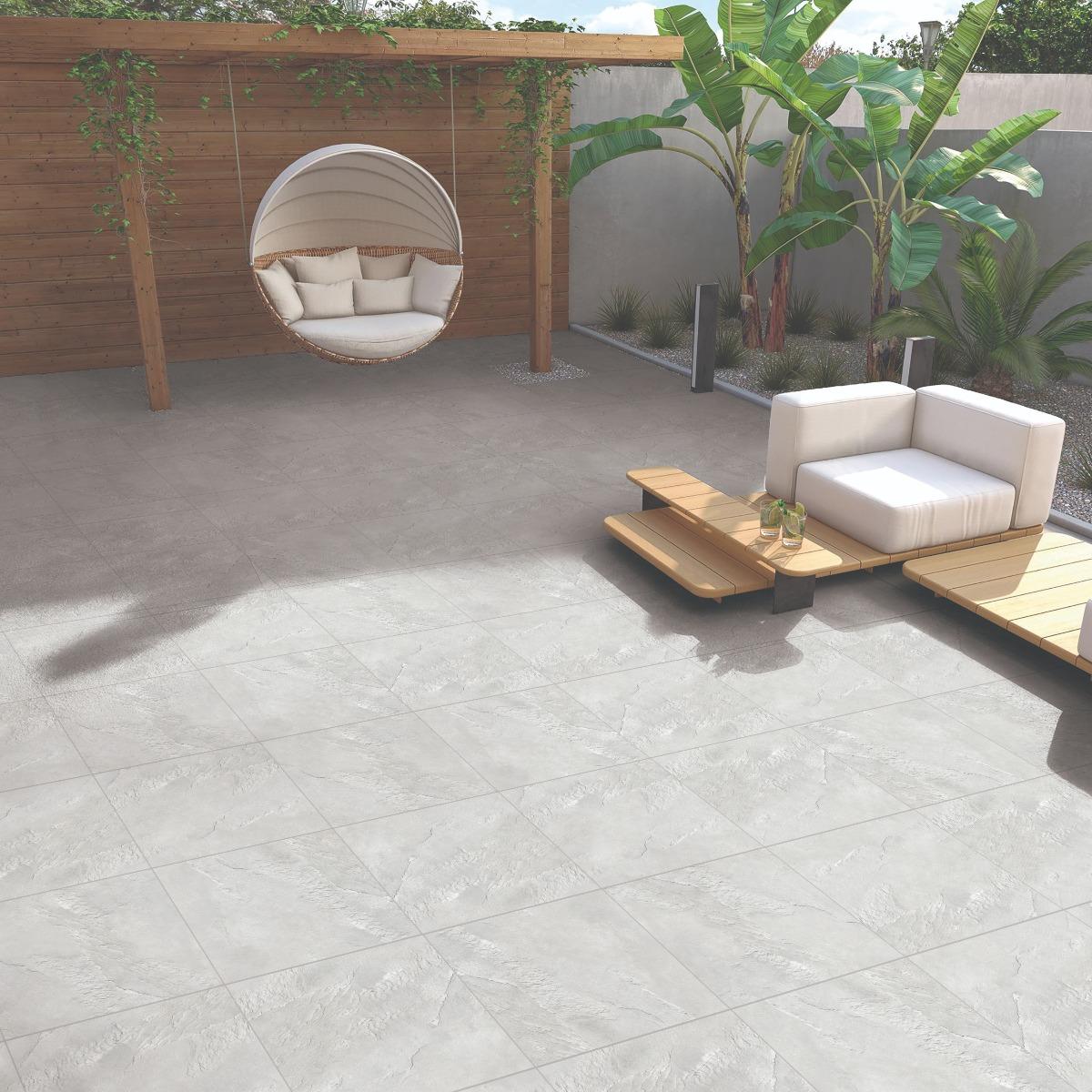There are various ways to enhance the style and statement of a place. Installing eye-catching fittings on the walls is always on top of that list! Amalgamating the interior decor according to the colour of the tiles makes it highly appealing.
And if you are reading this, there are high chances that you are done with tiling in your space. Once the installation of tiles is done, you are now all set to beautify your space by fixing shelves, bathrooms accessories and other fittings in your place. This is a tricky part, as the process of installing these beautiful accessories cannot be done without drilling into the tiles.
As you might easily guess, drilling holes into tiles brings a risk of them getting cracked or chipped. And this is expected, considering that the drill machine puts pressure on the tile that has the potential for a lot of damage. So regardless of how much money and time you spend on tile maintenance, with drilling holes, they can get cracked at best and broken into tiny pieces at worst.
While all this may sound challenging (and even scary), preventing the drilling damage is pretty easy if you know a few key aspects to drill through tile without cracking it. With that in mind, here are some ways that you can consider drilling into the tiles safely.
Know Thy Tiles

Before starting the process, it is crucial to know the installed tiles. You should be aware of the type of tile you are going to drill in. This equips you with a clear vision of how much effort the process will require and the potential for damage.
Some tiles take damage pretty fast. On the other hand, some like the Granalt tiles come with such a robust body that it is pretty simple to drill through them. So the foremost step is to make sure you know the tiles installed in your space.
Don’t believe us? Watch how you can drill into a Granalt tile here.
Tools Required To Drill Into Tile

- Safety glasses and gloves
- Face mask
- Drill machine
- Carbide-tipped masonry drill bit
- Diamond drill bit
- Standard drill bit
- Measuring tape
- Pencil
- Damp sponge
- Masking tape
Among all the tools required, the drill bit is (obviously) the most important element of the tile drilling process. Using an old or worn-out drill bit will prove difficult, as it will function inefficiently compared to the latest ones.
Also, it is vital that you wear safety glasses, gloves and a face mask. During the process, small shattered tile pieces can be booted into the air that might prove harmful for your eyes or skin. So get your safety tools on before proceeding!
Install The Proper Drill Bit Into The Drill Machine

The first step is to install the right drill bit into the drill machine to ensure that no tile gets broken. For that, there are two types of drill bits recommended: diamond-tipped and carbide-tipped masonry.
Even though diamond-tipped drill bits are expensive, they are the best option while drilling into a solid tile body like those of vitrified tiles. On the other hand, carbide-tipped masonry drill bits can be used on the hard-rock surface, although their durability pales compared to the diamond-tipped one. However, carbide-tipped masonry drill bits can prove the best choice for ceramic tiles.
Measuring And Marking

Before getting started, you should measure the area you will drill. Cover up that spot with masking tape to ensure a grip when you start the work. Use a pencil and mark it ‘X’ so that you can drill at that specific point without going wayward.
Once done, you can even use a ‘drill guide’ to ensure accuracy and efficiency during drilling. It is placed right on the tile surface, and the hole in this plastic casing can help you drill into the right spot.
Consistent Speed

After all the preparations mentioned above are done, it is time to start drilling into the tile! During this process, you need to make sure that the drill machine is at a consistent slow speed. Besides ensuring that your tile will not get broken easily, this will also allow you to know when the drill machine touches the wall after making a hole in the tile.
Another notable thing here is that the drill bit should not be overheated during drilling. For this, you can dip the drill bit into the water every once in a while. An overheated drill bit increases vibrations that advance the chances of the tile getting chipped.
All these aspects could be avoided by keeping the drill at a slow speed. Once you have successfully penetrated the tile layer, you can gradually increase the speed.
Keep Changing The Bit

Once it hits the wall, you can remove the diamond-tipped drill bit and use a standard drill bit. Penetrating through the tile is a slow and steady job requiring patience. So when it is the turn of drilling into the wall, the standard drill bit will be the perfect option!
Important: Even if you have successfully infiltrated the wall, it is recommended that you should keep the drill speed slow. This keeps the wall hole in a way so that it can hold the anchor tightly.
Clean The Tile Surface After Drilling

Following the steps given above will allow you to finish drilling into the tile with minimal damage quickly. However, the process doesn’t end here, as it’s time to clean the drilled spot as, during the process, tiny particles of the tile become powdery and create a mess.
For this, you can always use a damp sponge or cloth to remove the dust and dirt from the tile surface. Once you are done with it, make sure you wipe it with a dry cloth as the wet surface attracts dust.
Drilling holes into tile may appear intimidating. And if you find the task tedious, you can always contact the experts for help. However, if you choose to go DIY, the process is actually pretty simple, with patience being the key. Just remember: keep the drill bit at a slow speed, use the correct drill bit and don’t let it get overheated. These simple steps will allow you to conveniently finish your work without damaging the tiles even a bit.
Hope this article helped you out in the best possible way! Let us know in the comments if you want more articles on any interior or tile topic you want.




























